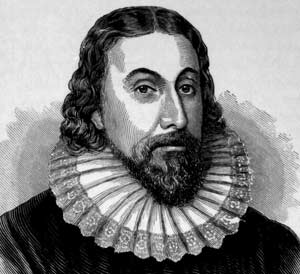"The Oval Portrait" By Edgar Allan Poe - Analysis
The wife died, either by her life being somehow literally
transferred to the painting and killing her, or by lack of joy and attention,
and sadness. The painting became more real to the painter than the subject he
was describing.
This is neo-platonic in a sense because the text praises
art; the artist "turned his eyes from the canvass rarely, even to regard
the countenance of his wife", as though he was drawing from the idea of
his wife rather than the live person (Plato spoke of the world of ideas).
This is a remark about art- its inherent evilness, its
effect on the audience and the artist, and its immortality in contrast with the
mortality of the subject.
The text is metafictional, referencing art and books within
it- the entire story is built upon a painting, visual art-within-literature,
and a book about the art within the story- again art within art. The story
creates a frame of reference and deeply adheres to it, so that there are no
events really in the story and all the action that takes place is centered on
stationary art, the painting and the book. The history of the characters is
touched upon briefly (the narrator was wounded) and dismissed, hinting at the
lack of importance of people, and the narrative instead focuses on art. Poe
creates a story consisting only of art and the reaction thereto, thus
demonstrating the power and importance of art.









If you were to argue the following: madness and gender are very much connected. What three texts would you use to prove your argument and why?
ReplyDeleteWhat makes the painter's remark at the end of the "The Oval Portrait" ironic?
ReplyDelete